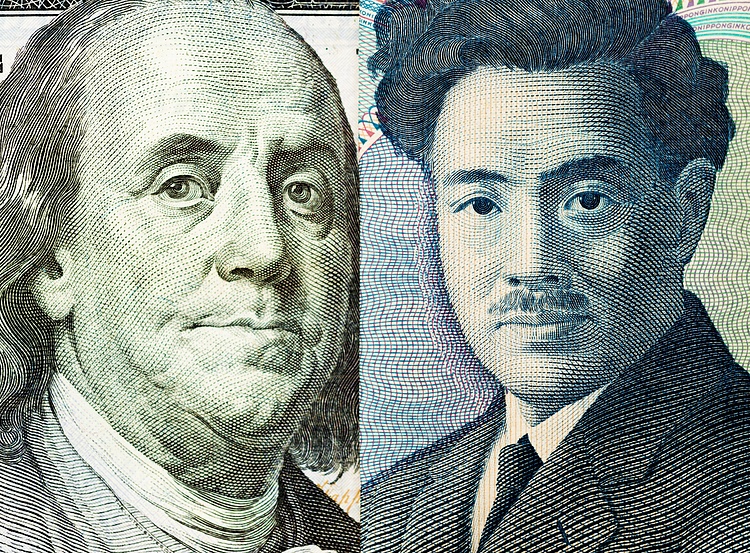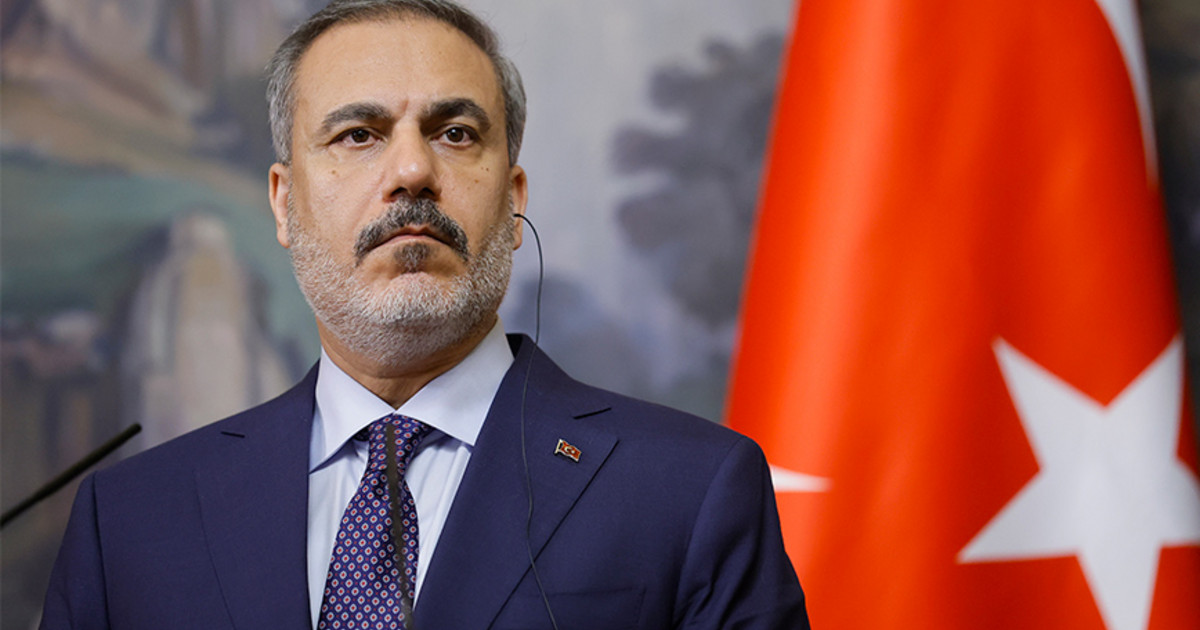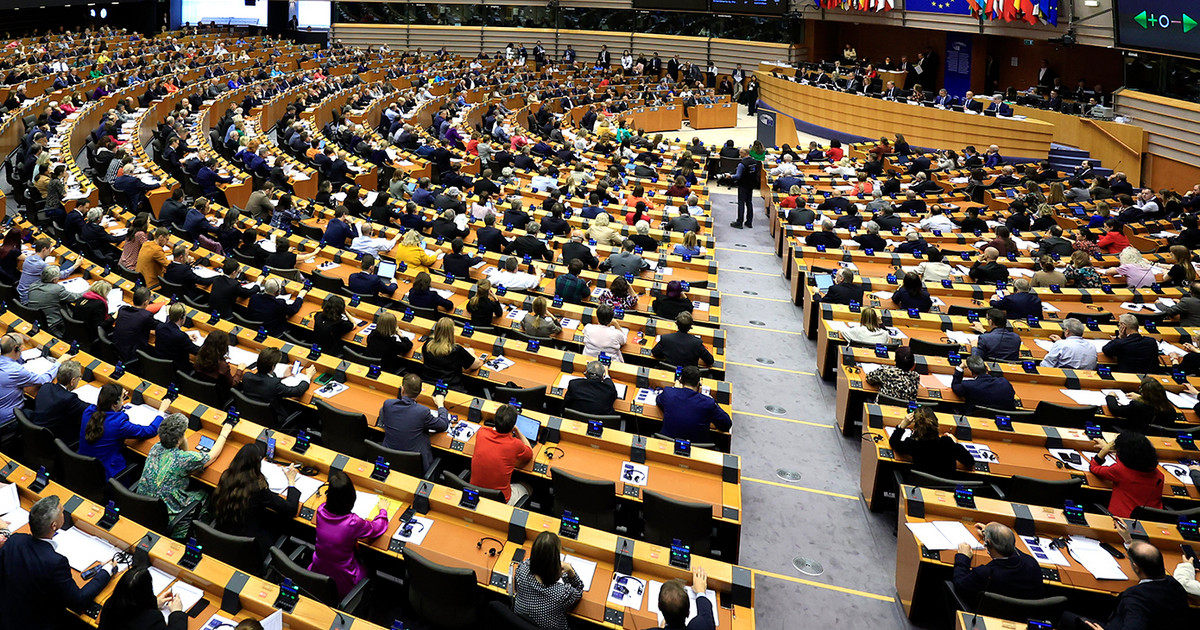When the plan of procedures for the death of Queen Elizabeth II was triggered, this Thursday (8), the monarch had already died, but the world still did not know.
Reports were made on Elizabeth II’s state of health. The Queen’s private secretary acted as an intermediary and Prime Minister Liz Truss received the call to report that “London Bridge has fallen”.
These communications were made through proprietary systems to allow news of the death to reach political leaders and diplomats in the Commonwealth first, who put a black belt on their arm. Only later was the rest of the world informed.
The news then became public through a press release. The royal family’s website now has a black background with the message: “the queen is dead”.
In the radio studios, blue lights flashed to warn broadcasters for a list of songs prepared for grieving situations. The state-owned BBC activated a mysterious system, prepared to withstand an attack on national infrastructure. With a serious tone, the BBC announcer, dressed in black clothes, broke the news, starting with “This is BBC from London”. It was 6:31 pm on September 8, local time – 2:31 pm Brasília time. The hymn confirmed what had long been feared.
In the UK, flags were flown at half-mast and Parliament suspended activities. A crowd gathered in the squares and streets.
Cricket, rugby and hockey games were cancelled, as were horse races. As the death was announced after 4 pm (local time), the National Theater did not interrupt the evening sessions. British royal experts saw their exclusivity contracts activated to speak out on the topic.
What happens to the queen’s body
Elizabeth II died at Balmoral, Scotland, where she spent three months of the year. There is, therefore, a Scottish ceremonial to fulfill, with the so-called “Operation Unicorn”.
The queen’s body will rest in the smallest of her palaces, the Holyroodhouse in Edinburgh. You will then be transported along the Royal Mile to St. Giles for a reception ceremony.
The funeral urn will be placed aboard the royal train for a journey that must be accompanied by thousands of Britons along each side of the railways, bound for Buckingham Palace in London, his main address in life.
Meanwhile, across the UK – and more precisely in London – rehearsals for the funeral, scheduled for the tenth day after death, begin. National mourning will be demonstrated in the most varied ways: television, for example, will avoid satirical programs. That’s because there is a plan that dictates precisely what everyone should do.
The first plans to deal with the death of Elizabeth II, known as “London Bridge”, date back to the 1960s. They were reformulated at the beginning of this century and involved two or three annual meetings so that everyone involved was aware of everything.
This Thursday, September 8, was D-Day, for death. The ones that follow are days +1, +2 and so on until +10, when the funeral takes place.
Day +1: Charles’ proclamation
The day after the queen’s death, the flags rise again. Westminster Hall will have a clean, carpeted floor. Charles, who now becomes King Charles III, will be proclaimed monarch by the Accession Council. The coronation, however, will take months, possibly as long as a year.
Late in the morning, Charles III is due to make a statement. The national anthem will be played on drums covered in black cloth. The heralds, in the old-fashioned way, spread the news across London, between artillery fire. On the borders of London, a red cord will be installed as a barrier.
The King’s agenda includes a meeting with the British Prime Minister, Liz Truss. In the following days, Charles will travel to various parts of the United Kingdom, passing through Edinburgh, Belfast and Cardiff, where he will receive greetings from the leaders of decentralized governments and attend ceremonies in honor of the late Queen.

Day +2: Body will be taken to Buckingham Palace
Elizabeth II’s body will be taken to the throne room of Buckingham Palace, facing the inner courtyard, and surrounded by royal symbols and guard honors, with shotguns pointed at the floor.
Day +3: Travels of King Charles III
After receiving his condolences at Westminster Hall, the new king begins his journey through the United Kingdom, starting with Scotland.
Day +4: rehearsals
While Charles will be on a trip to Northern Ireland, a rehearsal will be held for the transport of the coffin between Buckingham Palace and Westminster Hall.
Already out of the public eye, ten people chosen to transport the coffin will continue with the rehearsals. That’s because members of the royal family are buried in lead-lined coffins. Princess Diana’s, for example, weighed 250 kilograms.

Day +5: Body transfer to Westminster Hall
Big Ben will play when the coffin arrives at Westminster Hall. Psalms will be heard and a religious celebration will begin. The new king will be back in London to lead the tributes. The sphere, scepter and imperial crown are fixed in place.
Only then do the doors open to the crowds of people who want to pay their last respects to the queen. The body will be in a chamber for three days. The visit can be made for 23 hours a day. VIP guests are entitled to fast-track tickets. About half a million people are expected.
Day +6: the tributes
Rehearsals will continue, including for the state funeral procession. The new king will head to Wales to finish his pilgrimage to the United Kingdom.
Invited families will begin arriving for the funeral, staying at Buckingham Palace. The tributes on the streets are also expected to continue, with the streets transformed into places of worship. In the media, they continue with the planned coverage for years.

Day +10: the funeral
It is the last stage of the Queen’s farewell process. The day before, the royal jewelry must be removed from the coffin and cleaned. National Day of Mourning. Stores are due to close and the windows will be filled with images of the queen. In the streets, although there is no release from work, crowds should participate in the farewell. Big Ben will sound at 9 am local time.
Two hours later, the coffin should arrive at Westminster Abbey, after traveling a few meters. Inside, 2,000 guests. The ceremony will be broadcast around the world. At noon, the whole country will be silent.
The coffin will be taken a few kilometers in London, in a green military carriage taken by the Royal Navy to Windsor Castle, where the remains of British sovereigns lie.
The gates will be closed. What happens next will be reserved for the family. After the religious service in the Capela de São Jorge, the body goes down to the crypt. Elizabeth II will be with her husband, Philip. The new king, Charles III, will drop on the grave of mother earth taken from a golden cup.
Source: CNN Brasil
I’m James Harper, a highly experienced and accomplished news writer for World Stock Market. I have been writing in the Politics section of the website for over five years, providing readers with up-to-date and insightful information about current events in politics. My work is widely read and respected by many industry professionals as well as laymen.






